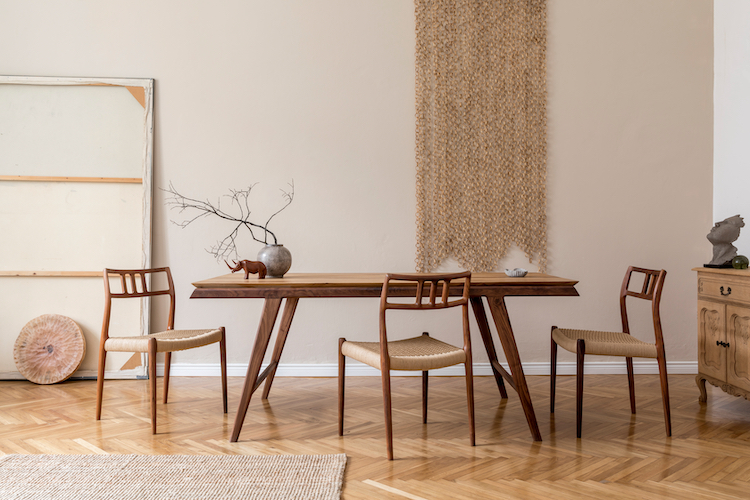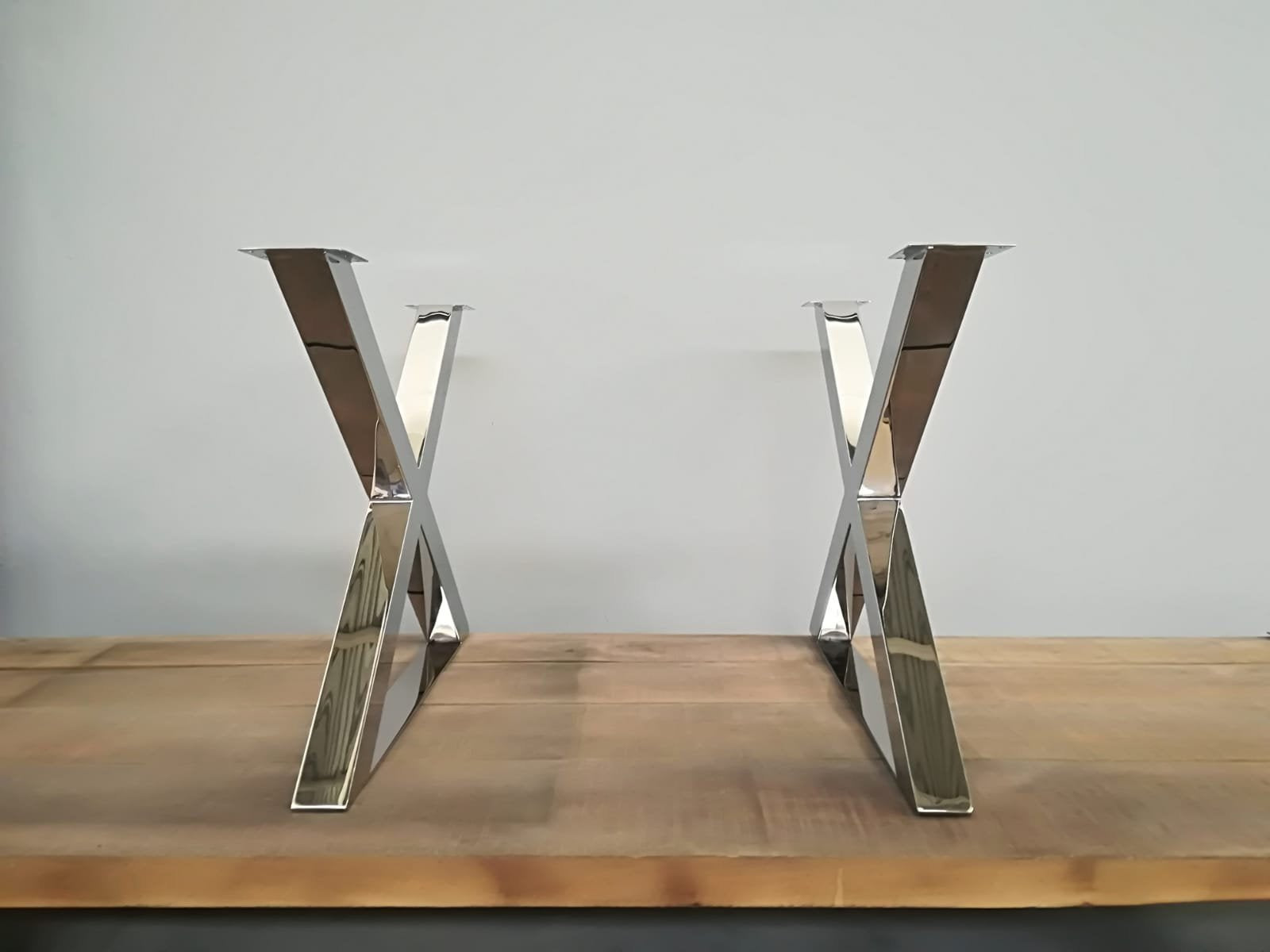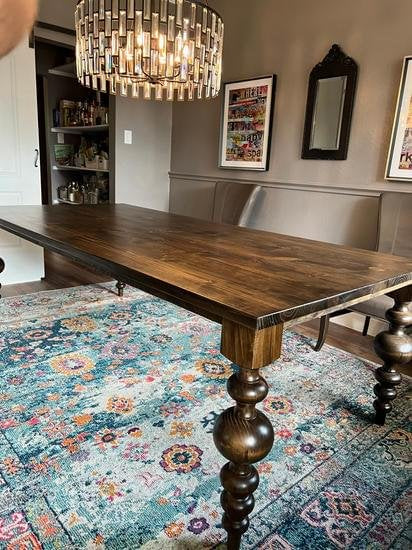Tips for Installing Dining Room Table Legs for a Modern Look
Tips for Installing Dining Room Table Legs for a Modern Look
Blog Article
Just How to Choose the Perfect Dining Space Table Legs for Your Home Décor
Choosing the perfect dining area table legs is a nuanced procedure that calls for cautious consideration of various components, including your room restrictions, aesthetic choices, and sensible requirements. The interplay in between products, dimensions, and designs can dramatically affect the ambiance of your eating area, making it important to approach this choice systematically.
Assess Your Dining Room
Evaluating your dining area is essential for picking the right table legs that complement both looks and functionality. Begin by gauging the dimensions of your dining area, including ceiling height, floor room, and proximity to various other furniture. This details will aid figure out the appropriate dimension and height of your table, which straight influences the selection of table legs.
Following, think about the design and format of your dining area. An open-concept style may benefit from table legs that use aesthetic lightness, such as slender steel or acrylic alternatives. Conversely, a more standard setup might require strong wood legs that provide a sense of permanence.
Assess the existing color palette and products in your eating location. Balancing the table legs with these aspects produces a cohesive look that boosts the total decoration.
Eventually, an extensive evaluation of your eating space will certainly guide you in making a notified decision, making certain that your table legs not only improve the visual appeal but also offer sensible purposes.
Consider Your Style Preferences
When choosing dining-room table legs, it is necessary to review your individual design choices, as they considerably affect the general aesthetic of your eating area. Your choice of table legs can either enhance or contrast with existing décor, making it essential to straighten them with your favored interior layout style.
If your home leans in the direction of a modern-day aesthetic, take into consideration smooth metal or minimal wooden legs that supply a clean, minimalist look. For an extra standard approach, elaborate wooden legs with complex carvings can include a touch of elegance and class. Industrial styles profit from durable, basic materials such as redeemed wood and steel combinations, showing a sturdy appeal.
In addition, farmhouse and rustic styles commonly favor durable, beefy legs that evoke a feeling of heat and comfort. On the other hand, if your décor is eclectic, you could choose non-traditional shapes or a mix of products to create visual passion.

Evaluate Product Options
The option of product for eating area table legs plays a critical function in both longevity and aesthetic appeal. Common materials include wood, metal, and composite options, each offering distinct qualities that can influence the general look and durability of your table.
Wood is a traditional option, understood for its warmth and adaptability. Hardwoods like oak and walnut supply outstanding toughness and can be ended up in numerous discolorations to match any type of decoration. Nevertheless, softwoods like want are a lot more susceptible to dents and scratches, making them less ideal for high-traffic areas.
Steel legs, usually crafted from steel or aluminum, exude modernity and industrial charm. They are highly resilient and resistant to wear, making them ideal for her response family members with kids or regular gatherings (dining room table legs). In addition, steel can be completed in various colors, enhancing the customization opportunities
Composite materials, such as MDF or laminate, deal cost and diverse layouts. While normally less sturdy than solid wood or steel, they can still offer a stylish look and are frequently very easy to preserve.
Inevitably, the product you choose must align with your way of living, aesthetic choices, and the level of usage your eating table will experience.
Determine Elevation and Size
Picking the suitable elevation and size for your dining-room table is necessary for both functionality and convenience. The standard elevation for eating tables generally varies from 28 to 30 inches, allowing adequate legroom for most people when seated. It is important to take into consideration the dimensions of your dining area and the kinds of chairs you plan to utilize.

Moreover, think about the percentages of your eating space. A bigger table in a large location can produce a grand atmosphere, while a smaller sized table functions well in more intimate settings. Eventually, the best height and size will harmonize with your total style and boost the eating experience for you and your visitors.
Explore Personalization Possibilities

Furthermore, the design of the legs can be tailored look what i found to fit different styles, such as rustic, modern-day, or industrial. As an example, tapered legs can stimulate a mid-century contemporary feel, while beefy, block-style legs may reverberate with conventional or farmhouse decor.
Property owners can additionally check out shade finishes, from all-natural timber spots to repaint, enabling them to match or comparison with the tabletop and surrounding style.
Additionally, leg elevation can be changed to suit particular seating setups or personal preferences, enhancing both convenience and functionality.
Finally, one-of-a-kind decorations, such as carvings or attractive braces, can further individualize the table legs, making the dining experience not just a dish however a declaration item in the home. By considering these modification alternatives, property owners can develop an eating room table that genuinely mirrors their individuality.
Final Thought
Choosing the ideal dining space table legs needs mindful factor to consider of various elements, consisting of the measurements of the eating room, design preferences, material sturdiness, and preferred elevation. Modification alternatives further enhance the capability to accomplish a cohesive visual that matches the general decoration. By methodically reviewing these components, homeowners can ensure that the chosen table legs not only fulfill functional requirements but also contribute favorably to the eating experience and setting of the home.
Picking the excellent eating space table legs is a nuanced procedure that needs cautious consideration of various elements, including your room constraints, aesthetic choices, and sensible demands.Examining your eating area is essential for selecting the right table legs that enhance both aesthetics and capability.When establishing dimension, determine the area where the table will certainly be put to ensure it fits comfortably, permitting for at the very least 36 inches of clearance around the table for easy activity. A bigger table in a roomy area can develop a grand atmosphere, while a smaller table functions well in more intimate setups.Choosing the optimal dining space table legs requires mindful factor to consider of various variables, including the dimensions of the eating space, design preferences, product sturdiness, and desired elevation.
Report this page